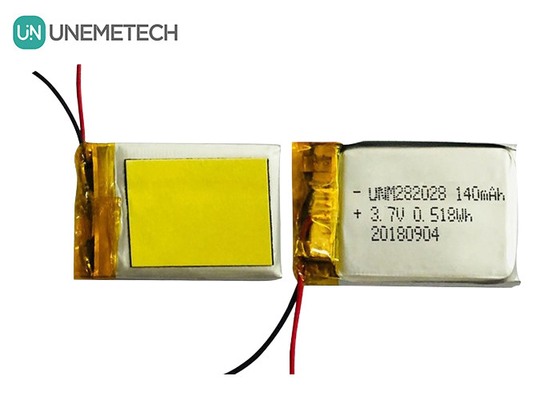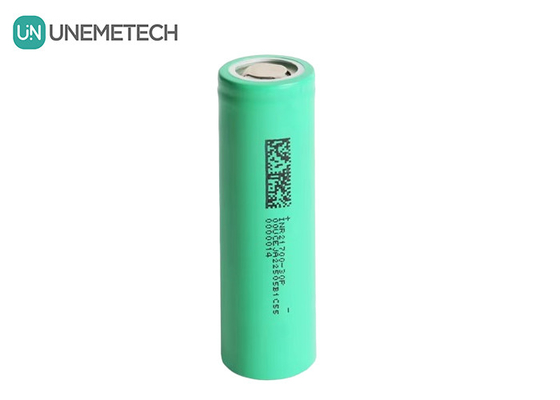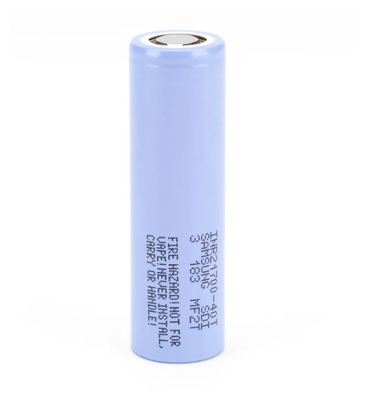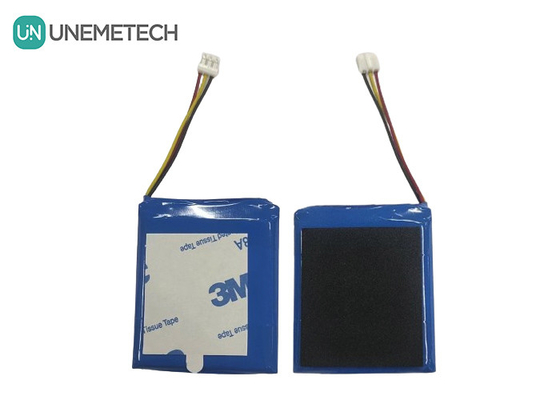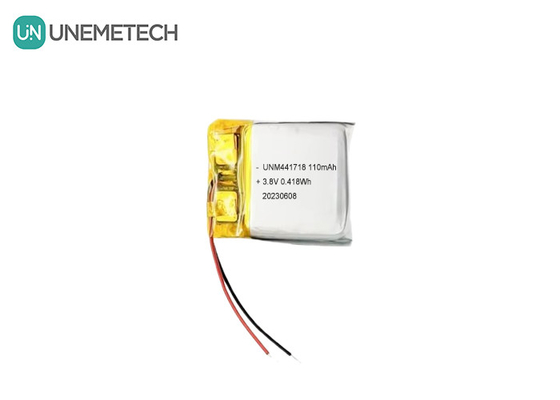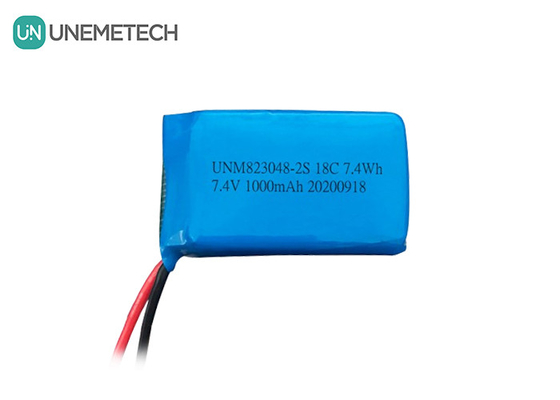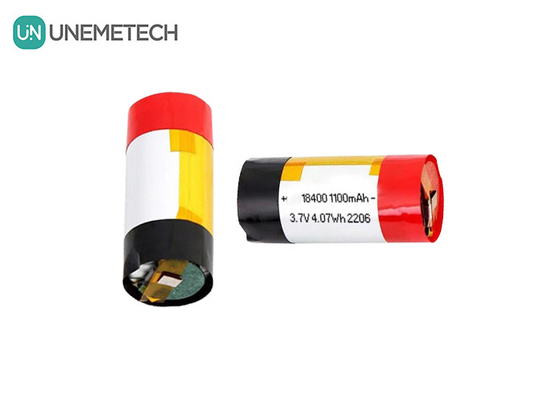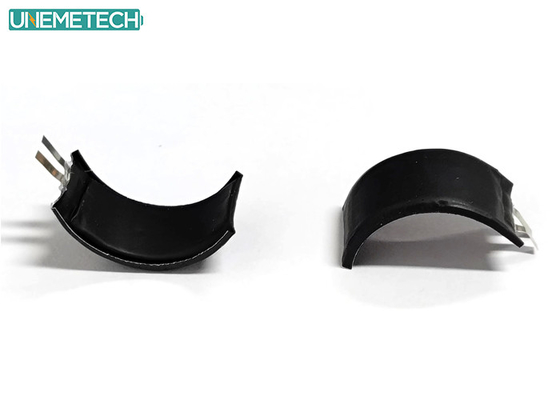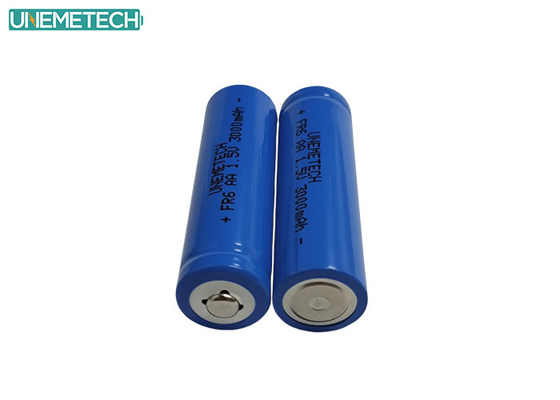With the improvement of living standards and the popularization of intelligence, smart wearable devices have come into being.
Smart wearable devices are terminal devices that can be worn continuously, like clothes and jewelry, and have advanced circuit systems, wireless networking, and independent processing capabilities. The two most important features are long-term wearability and intelligence.

The potential applications of the Internet of Things are vast, but they also share some important features. The devices used to collect data need to be small, easy to use, and available almost all the time. These requirements are perhaps most evident in wearables, which are already used by millions of people around the world to track activity, monitor physical indicators and improve health.
In order to gather the data required, consumers must wear wearable devices continuously. Therefore, they must be small and comfortable and able to work continuously for long periods of time.
This raises the question of how to power these devices. Ideally, they would get energy directly from their environment, so they would always have electricity. Although we have made great progress in reducing power consumption and improving energy acquisition, there is still some way to go. For the foreseeable future, we will need to rely on batteries as our primary source of power. In particular, in order to minimize the energy waste caused by billions of devices, rechargeable batteries should be the preferred power source for some time to come.
Battery Charging Safety for Wearable devices
Not only are wearables limited in size, but because they require long-term wear and comfort is important, they must also be very light, so batteries must be as small as possible. Moreover, repeated studies by IDC and GMI have shown that battery life is the number one consideration for consumers when purchasing battery-powered convenience products. Therefore, high battery capacity is very important for the success of the product.
Meeting both requirements makes the battery's challenges even more daunting. Fortunately, lithium batteries have many properties that make them ideal for wearable applications.
First, they offer high energy density, allowing system designers to choose smaller, lighter batteries that provide longer operating time. At the same time, lithium ion batteries typically operate at 3.7 V, compared to 1.2 V for NiMH or NiCd batteries. This means that lithium ion batteries require fewer cells, which also helps to achieve smaller and lighter systems. In addition, their self-discharge rate is much lower than nickel-based batteries, about 2% per month, while NiMH and NiCd batteries can be as high as 5% per day. This not only reduces the number of recharges, but also allows the battery to be used again at any time after being stored for a long time, making the system more convenient for customers.
Of course, all technologies have their drawbacks. For example, lithium-ion batteries are more complex to manufacture than nickel-based rechargeable batteries, so they are more expensive. But as a mass-produced product, economies of scale and continued technological improvements are rapidly reducing their manufacturing costs.
Recent headlines have also shown that lithium-ion batteries have greater potential safety risks. Because of the use of flammable electrolytes, if the charge voltage is too high or too low may lead to fire or explosion. However, most lithium-ion battery have internal protection circuits that provide some protection against overvoltage or undervoltage. But the lithium-ion battery charging process is still far more complex than nickel-based rechargeable batteries.

Lithium-ion batteries: enabling comfortable and convenient wearable devices
1. small battery, long life, high energy density
2. higher operating voltage means fewer cells and smaller system
3. slower self-discharge: less charge times, always available
Charging challenges
To avoid these safety issues, lithium-ion batteries require a constant current (CC), constant voltage (CV) charging process. In this process, the battery is first charged at a fixed current until a set voltage is reached. The charging circuit then switches to constant voltage mode, which provides the necessary current to maintain the set voltage.
To achieve the best charging results, the choice of current and voltage levels must be carefully balanced.Charging at a higher voltage increases battery capacity, but too high a voltage can stress or overcharge the battery, leading to permanent damage, instability, and danger. Likewise, higher charge currents can speed up charging, but at the expense of battery capacity: a 30% reduction in charge current can increase the amount of charge a battery can store by as much as 10%.
Therefore, the charge current is usually set to half the battery capacity (the maximum current the battery can supply for one hour) and the voltage is set to 4.2 V per cell. However, it has been shown that using slightly lower charge current and voltage can slow down battery aging, allowing it to go through more charge cycles with a higher capacity.

 Your message must be between 20-3,000 characters!
Your message must be between 20-3,000 characters! Please check your E-mail!
Please check your E-mail!  Your message must be between 20-3,000 characters!
Your message must be between 20-3,000 characters! Please check your E-mail!
Please check your E-mail! 
